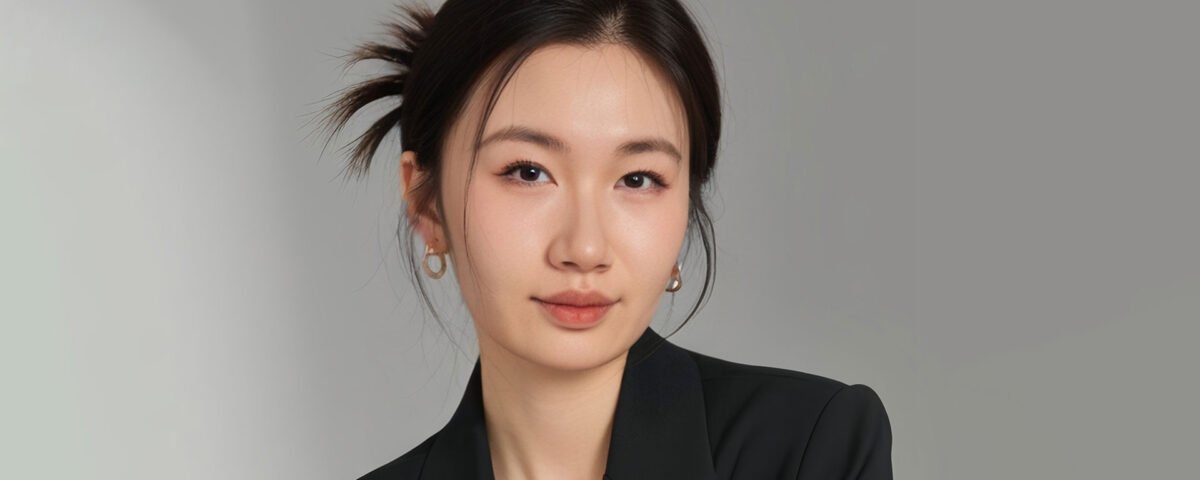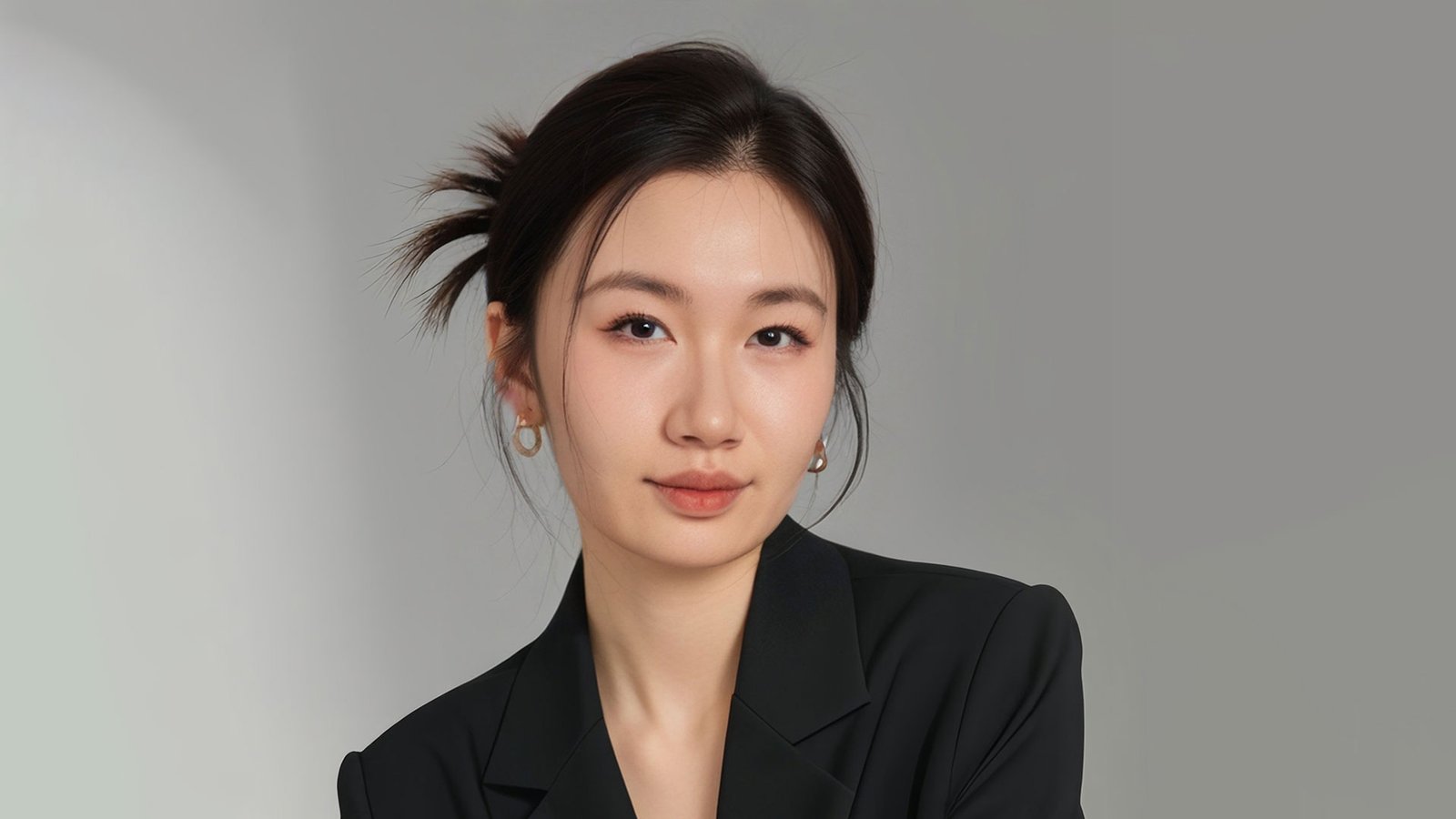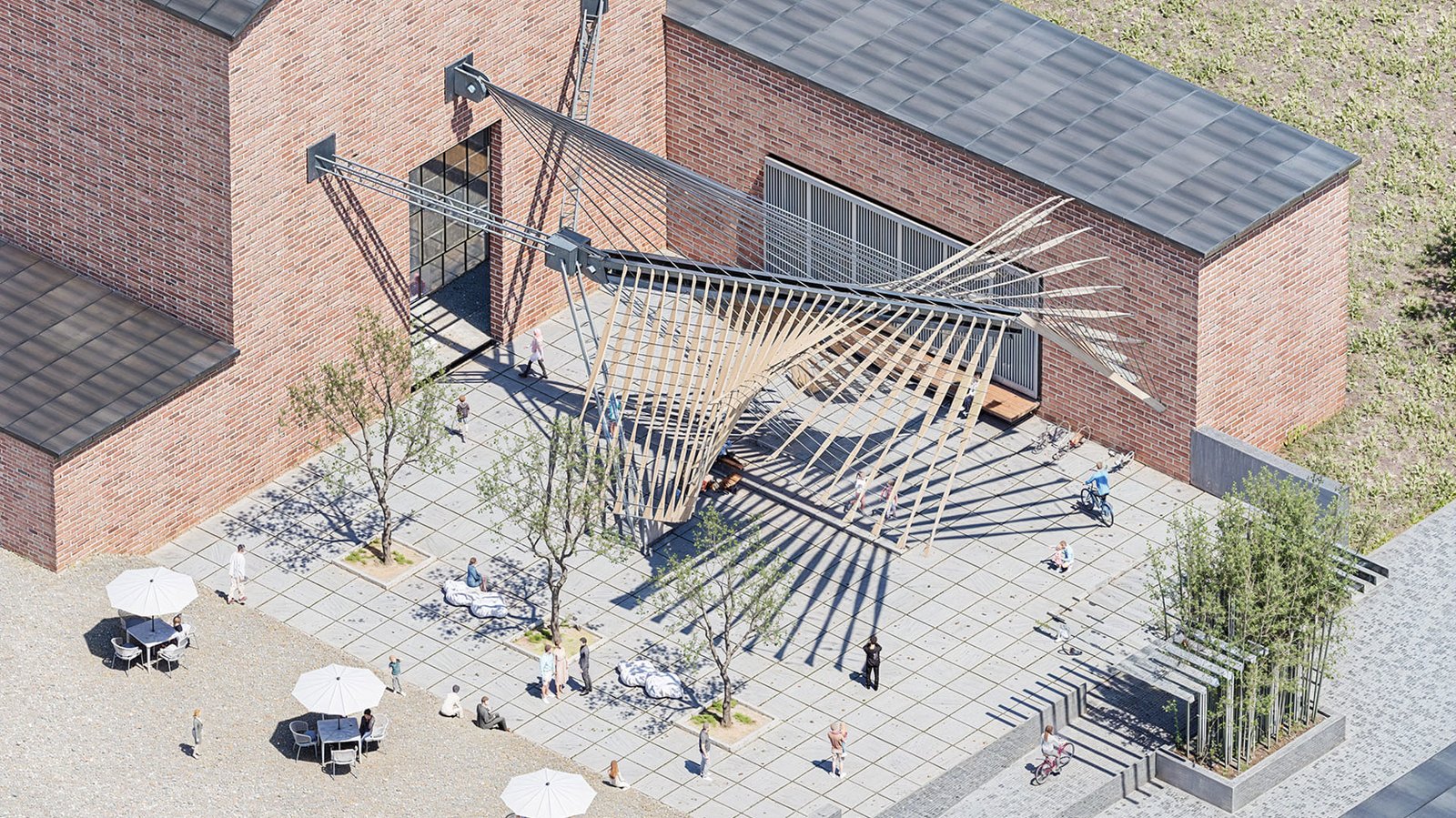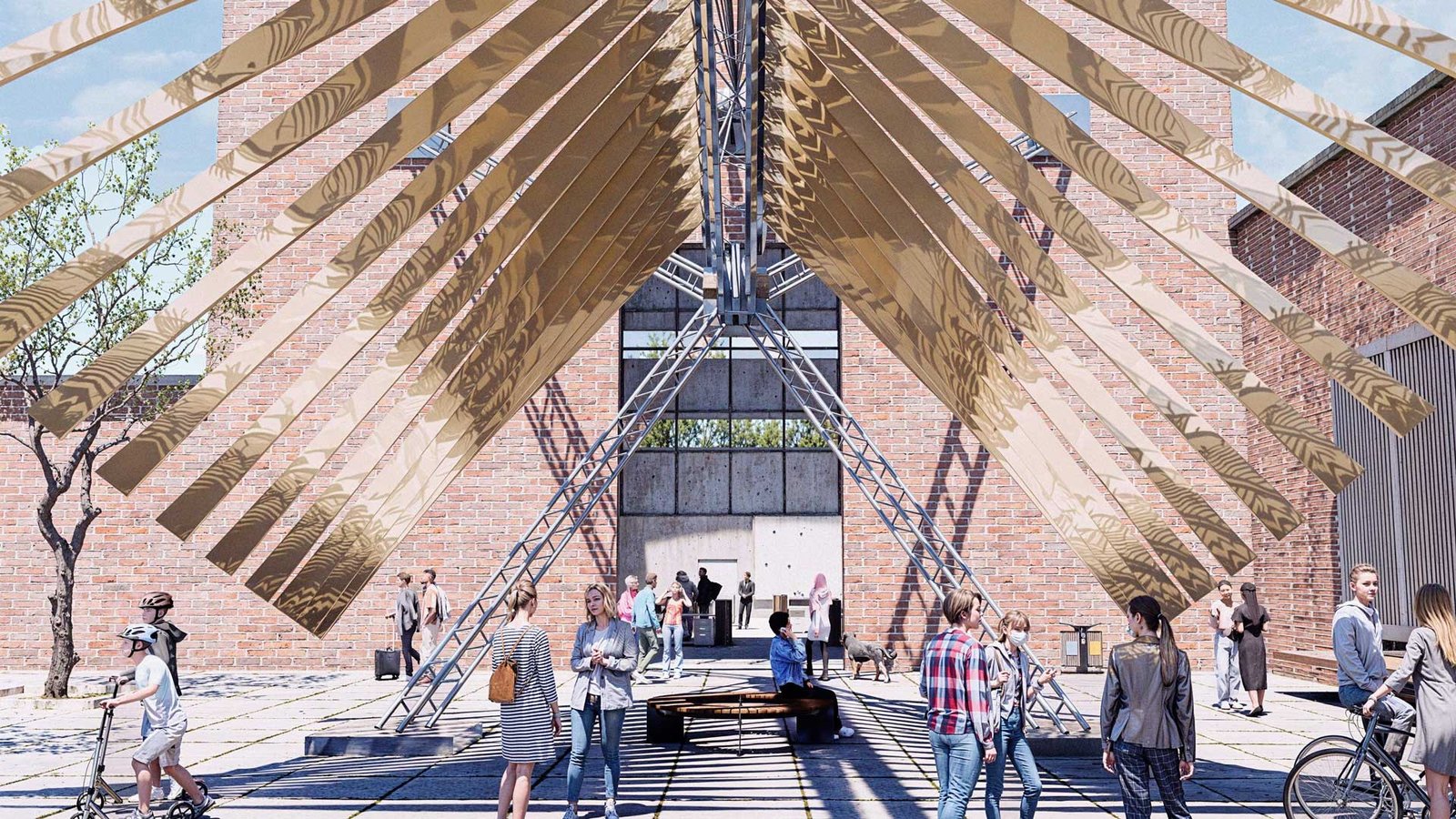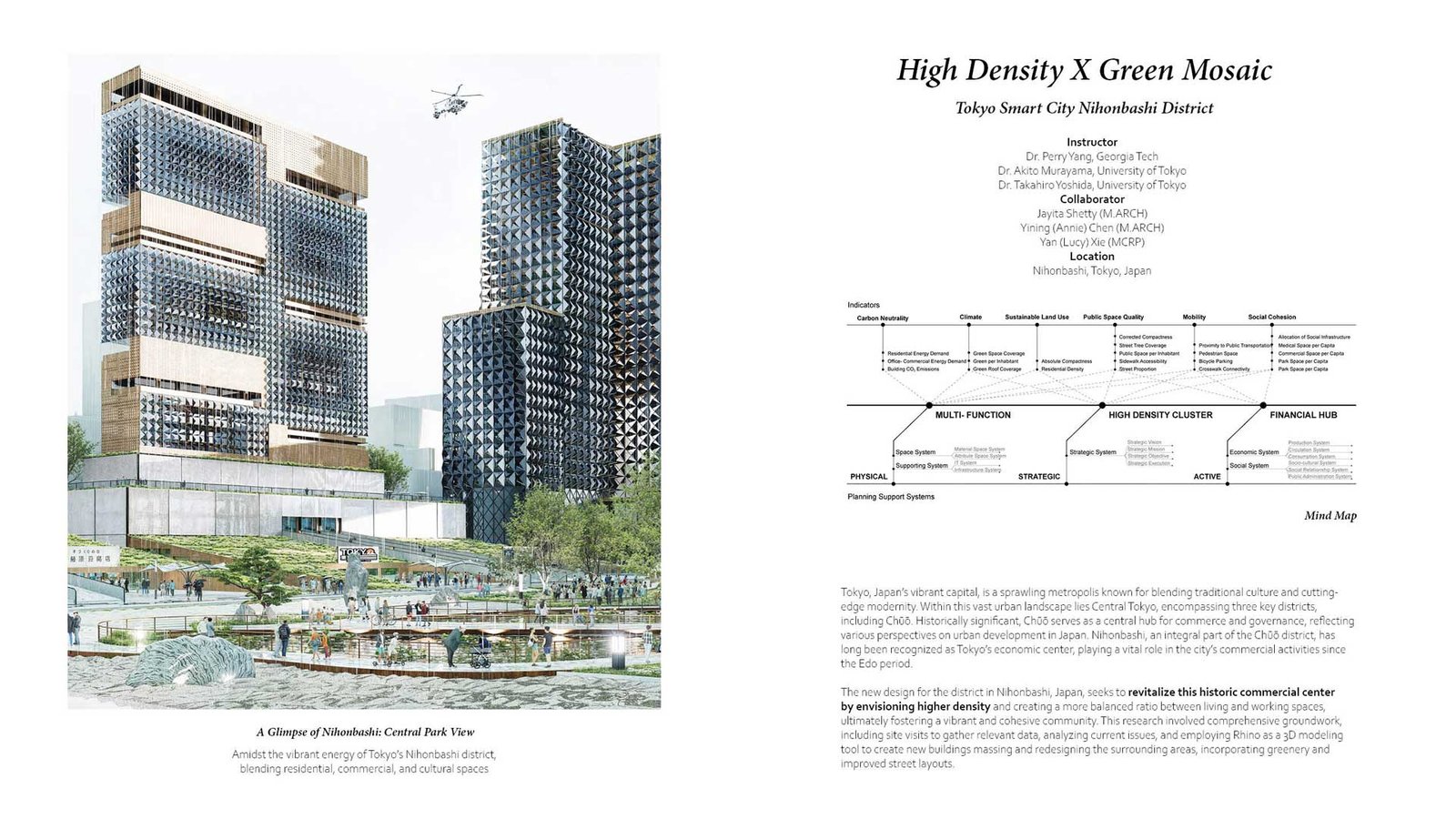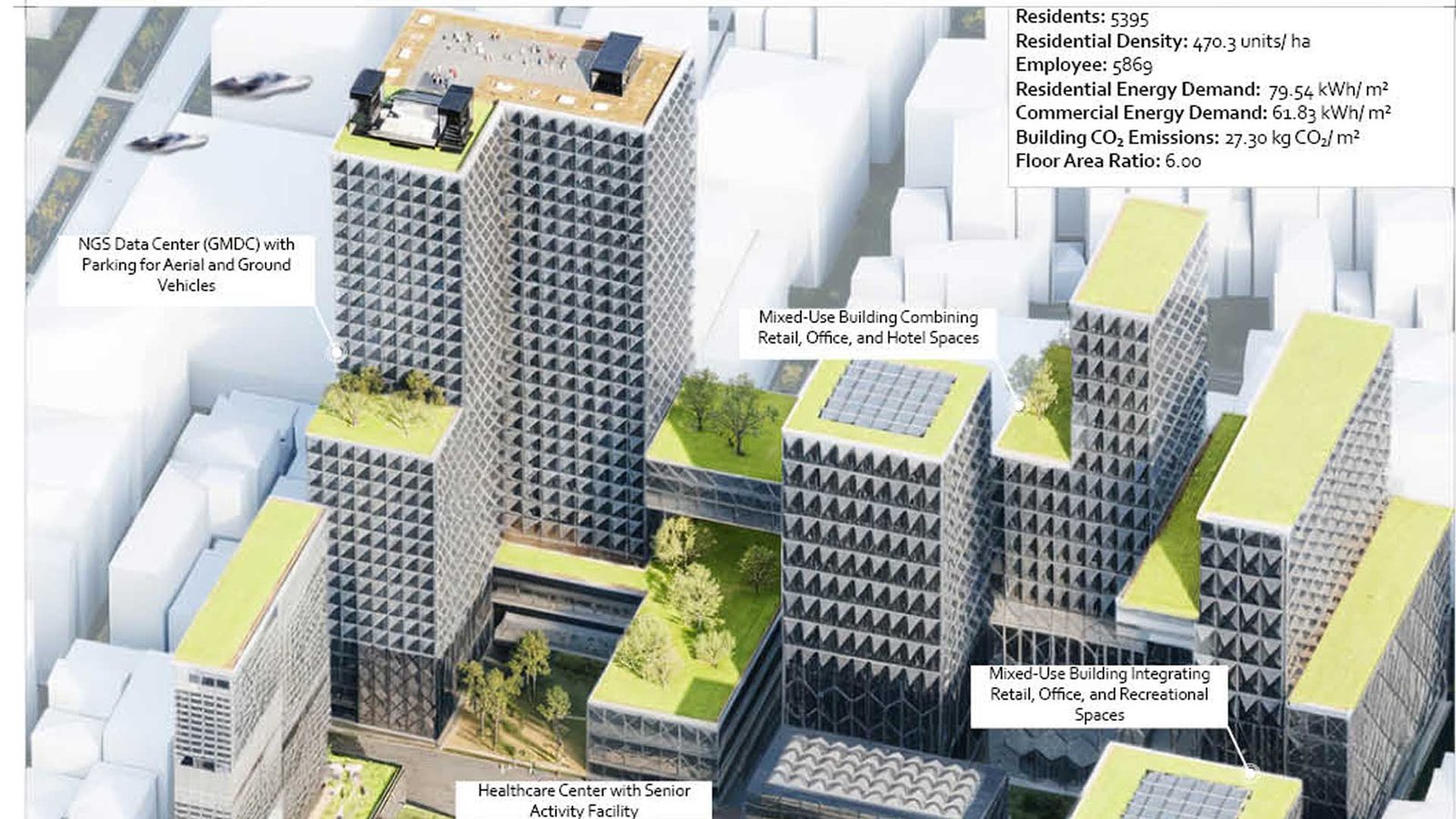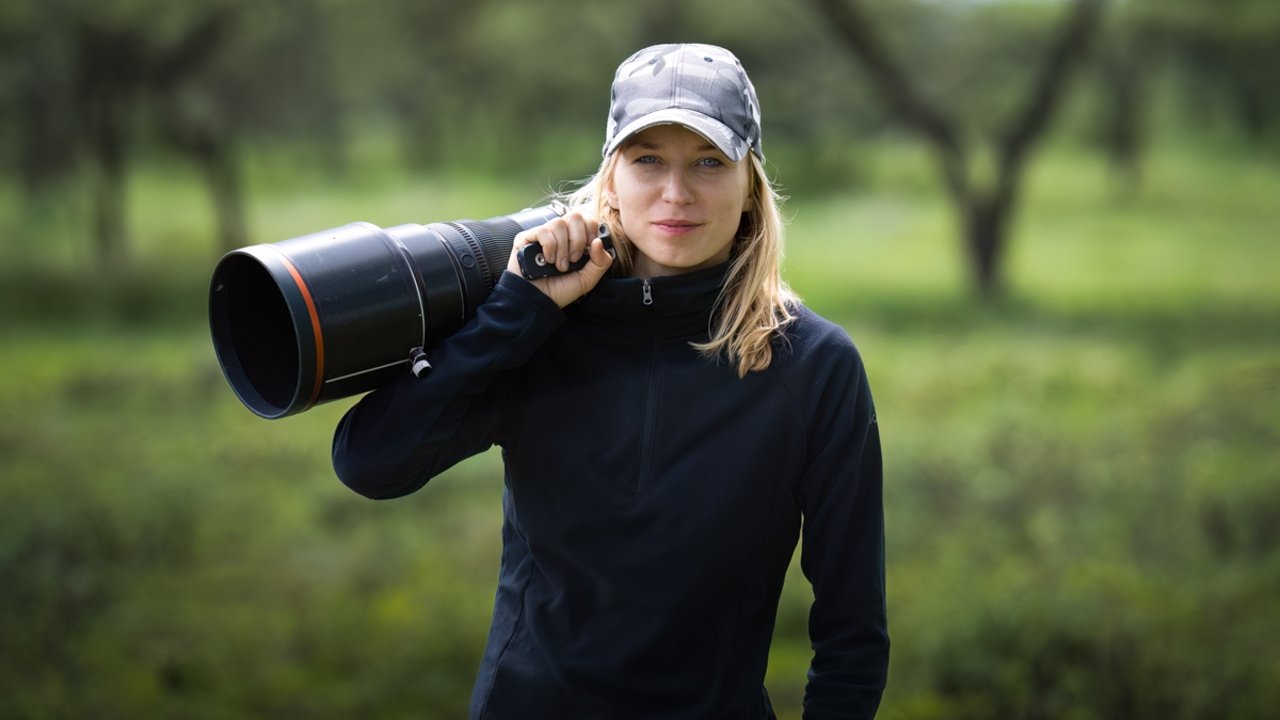
BI WORLDWIDE – 2025 COUNTRY Financial Enrich Conference
September 18, 2025
Tailored Expression: Vision of Modern Femininity by Xinyi Chen
September 19, 2025Yining Chen
Yining (Annie) Chen is a designer and researcher passionate about sustainable futures, ecological design, and the intersection of technology and human experience, with projects ranging from kinetic installations exploring microclimate to urban-scale vertical farming systems.
Thank you so much! My name is Yining (Annie) Chen, and I am a designer and researcher passionate about sustainable futures, ecological design, and the intersection of technology and human experience. I am currently pursuing a second master’s degree in Design Studies (Ecologies Track) at the Harvard Graduate School of Design, following the completion of my Master of Architecture at the Georgia Institute of Technology and a year of professional practice.
My path into design has been deeply interdisciplinary. I began as a visual artist with a background in studio art and applied mathematics, and gradually transitioned into architecture, where I discovered my passion for using design as a tool for positive environmental and social change.
Over the past few years, I have worked on a diverse range of projects—from interactive kinetic installations that explore microclimate to urban-scale vertical farming systems that integrate renewable energy and community engagement.
I was drawn to the MUSE Creative Awards because it celebrates visionary and impactful design across disciplines. As someone who constantly navigates the intersections of architecture, environmental systems, and artistic expression, I saw the competition as an opportunity to share ideas that not only push the boundaries of aesthetics and form but also address urgent global issues such as climate change, food security, and community resilience.
Winning three Silver Awards is deeply meaningful to me. Personally, it affirms the path I’ve taken—evolving from fine artist to architect to sustainability researcher. Professionally, it’s a powerful encouragement to keep creating work that is both conceptually bold and socially responsive. I am especially grateful to have my efforts recognized on an international stage and hope this visibility fosters future collaborations that bridge design, science, and public impact.
Each of the awarded projects emerged from a desire to reimagine design as a bridge between technological possibility, environmental stewardship, and human life.
The project Dragonbot began as an experiment in interactive architecture—exploring how movement, light, and robotics can engage public curiosity and emotional resonance. Inspired by the fluidity of dragon wings and animated by sensors, the installation shows how playful, kinetic spaces can spark wonder and encourage community interaction. It represents a shift in the design industry toward multi-sensory experiences that move beyond static form, particularly in education and public engagement.
High Density × Green Mosaic, on the other hand, was driven by deep concerns about food security, urban heat islands, and ecological collapse in dense cities. It envisioned ecological systems woven into the high-rise urban fabric, powered by solar panels and rainwater harvesting. The design drew inspiration from mosaic art—fragmented yet unified—symbolizing how scattered city parcels can be integrated into sustainable systems. In today’s architectural and urban discourse, this project underscores the growing imperative to design net positive infrastructure that benefits both people and the planet.
Together, these works reflect an approach to design that is speculative yet grounded, combining aesthetics with real-world data and environmental metrics. In an era where disciplinary boundaries are dissolving, I believe success lies in embracing complexity—and responding with designs that are bold, responsive, and humane.
What set these projects apart was their deep synthesis of technological innovation, human-centered design, and environmental performance. In a field crowded with formal experimentation, our approach prioritized function, context, and emotional resonance, while staying grounded in real-world constraints such as energy demand, spatial density, and climate responsiveness.
For the Dragonbot project, the standout element was its interactive kinetic system—a robotic canopy that fluttered in response to human presence. This merging of digital fabrication, sensor integration, and narrative form created a multi-sensory experience that was both architectural and performative. The project wasn’t just a structure; it became a living, breathing character—something especially rare in student-led or early-career installations.
For High Density × Green Mosaic, the strength lay in its multi-layered systems thinking. Instead of proposing a single-use vertical farm, the project offered a flexible design toolkit that combined passive ventilation, photovoltaic energy generation, and rainwater harvesting into one modular solution. This ecological mosaic was designed to be scalable and replicable across dense urban environments like Tokyo or Shanghai. The jury likely valued how the proposal balanced visionary aesthetics with practical metrics such as carbon savings, sun-hour optimization, and spatial efficiency.
In both cases, what made the work stand out was a commitment to integrating multiple disciplines—architecture, ecology, robotics, and computation—while maintaining a strong visual and conceptual identity. These weren’t just beautiful ideas; they were prototypes for a more sustainable and empathetic urban future.
One of the most significant challenges was integrating multiple performance systems—ventilation, photovoltaics, and rainwater collection—into a unified and buildable design, particularly within the constraints of dense urban contexts.
For High Density × Green Mosaic, the biggest hurdle was balancing ecological functionality with architectural elegance. Each system had its own spatial and technical demands: photovoltaic panels required optimal solar angles, while hydroponic modules needed vertical stacking with accessible maintenance zones. These often conflicted with one another or created formal tension within the façade. To resolve this, we iterated through numerous environmental simulations and digital models using Rhino, Grasshopper, and Ladybug/Honeybee, testing configurations for sun hours, energy yield, and airflow. Ultimately, we arrived at a modular exoskeleton strategy that could be customized to building orientation while preserving a coherent visual identity.
In the Dragonbot project, the primary obstacle was technical execution. Building a robotic canopy that could simulate fluttering wings demanded precision in fabrication, careful attention to material behavior, and extensive collaboration across architecture, engineering, coding, and electronics. We faced repeated setbacks with the actuation system: some materials failed to hold tension, while sensors lagged in responsiveness. To overcome this, we created scaled prototypes, tested different servo-motor timings, and collaborated closely with faculty and peers from the robotics lab. This trial-and-error process was essential to transforming an ambitious vision into a functioning installation.
In both projects, the key to overcoming challenges was cross-disciplinary thinking, persistence, and prototyping early and often. These experiences reinforced that innovation thrives not in the absence of constraints, but through creative negotiation with them.
Winning three awards—especially in categories like Student Concept, Sustainability, and Community Design—marks an incredibly meaningful milestone for me and my collaborators. It affirms that speculative design, research-driven processes, and ecological thinking can resonate beyond academic or local contexts and gain recognition on an international stage.
For my career, this honor strengthens my commitment to interdisciplinary design at the intersection of ecology, architecture, and technology. I hope it sparks new opportunities for research partnerships, fellowships, and cross-continental collaborations, particularly in areas such as urban agriculture, climate-adaptive architecture, and human-environment interaction. Already, peers and institutions have reached out with interest in these projects, which is encouraging to see the discourse ripple outward.
For my team, this moment serves as motivation to keep pushing boundaries and embracing speculative yet grounded design ideas—the kind that begin with a question and evolve into something tangible and impactful. This recognition is not just a celebration of what we’ve accomplished, but also a launchpad for what we aspire to contribute in the years ahead.
Ultimately, I see this award as both a pause for gratitude and a push forward: to remain curious, keep experimenting, and contribute meaningfully to the evolving landscape of responsible design.
The response has been both heartwarming and encouraging. After the announcement, I received messages from mentors, peers, and even people I had never met before—from professors to fellow designers across continents—who shared their excitement and curiosity about the projects. Many were especially intrigued by how the winning entries combined speculative design, environmental ethics, and community-oriented thinking.
Overall, this recognition has sparked conversations and reflections that extend far beyond the award itself. It’s rewarding to see the work act as a catalyst for dialogue and potential impact—which, to me, is the most meaningful kind of feedback.
One piece of advice I often share is: start with a story, not just a solution. Award-worthy work usually grows from a deep, resonant narrative—whether about community, sustainability, or innovation—that shapes every design decision. Ask yourself: What problem am I solving, and why does it matter right now? That clarity not only strengthens your concept but also helps juries see the human and cultural relevance behind your work.
Second, embrace iterative exploration. My own projects, including Dragonbot and High Density × Green Mosaic, went through multiple rounds of revisions, feedback, and testing—sometimes even complete pivots. These iterations weren’t failures but proof of rigor, curiosity, and growth. Staying open to unexpected paths is often where the best ideas emerge.
Another essential mindset is weaving the speculative with the pragmatic. Bold thinking sparks innovation, but grounding it in research, precedent, or technical feasibility makes it convincing. Awards like MUSE celebrate vision, but they also value execution that is resolute and real.
Lastly, don’t create in isolation. Reach out to mentors, collaborators, and even critics. Breakthroughs often come from constructive tension and the shared imagination of working together.
The creative industry is entering an era defined by interdisciplinarity, sustainability, and digital transformation. We are witnessing a shift from traditional design practices toward systems thinking, ecological responsibility, and human-centered innovation—where the boundaries between architecture, technology, art, and science are increasingly fluid.
I see this evolution as both a challenge and an invitation. With a background spanning architecture, environmental design, and visual storytelling, I hope to position myself at the intersection of these domains—where design responds not only to aesthetic demands but also to urgent global issues such as climate change, social inequality, and urban resilience.
Looking ahead, I aspire to contribute to projects and research that advance environmental justice, integrate new materials and technologies, and create empathetic, inclusive spaces—particularly in underserved communities. I also hope to mentor and collaborate across disciplines, fostering dialogue between designers, scientists, and citizens.
Ultimately, I want to be part of a generation of creatives who do more than adapt to change—we shape it with vision, ethics, and responsibility.
I completely understand that hesitation—putting your work out there can feel intimidating, especially when you’re just starting and comparing yourself to more established creatives. But here’s the truth: awards are not only about recognition; they’re about growth, reflection, and visibility. For anyone with limited experience, I’d suggest viewing competitions as a structured opportunity to organize your thoughts, tell your story, and reflect on your design philosophy. It’s a chance to pause, review your process, and articulate your values—and that alone makes the effort worthwhile.
Don’t wait until you feel your work is “perfect.” If something you’ve created resonates with your purpose or solves a meaningful problem, it’s already worth sharing. Confidence builds over time, and each submission—win or not—helps you grow stronger, more articulate, and more connected. Awards can also open unexpected doors: feedback from juries, new collaborators, greater visibility in the industry, and renewed confidence. In many ways, I’ve found that the act of applying was just as valuable as the outcome itself.
So start small. Submit to student categories or concept-focused entries. Surround yourself with mentors and peers who encourage you, and remember: every successful designer was once where you are now—uncertain, but brave enough to take that first step.
Creativity is not a solitary pursuit—it thrives on dialogue, collaboration, and shared inspiration. To fellow creatives, marketers, and design professionals: never underestimate the power of community. Whether it’s a casual sketch over coffee, a critique from a peer, or an interdisciplinary brainstorm, these moments of connection often spark real breakthroughs.
Celebrate each other’s wins, offer support through setbacks, and remain curious. In an era shaped by rapid technological and ecological change, the most impactful ideas often emerge when diverse minds come together with empathy and openness. Stay generous, stay humble, and always leave room for growth—not just for yourself, but for those around you.
Absolutely. This achievement belongs not just to me, but to the incredible teammates and mentors who collaborated, supported, and challenged me throughout the process.
For the Dragonbot project, I’m especially grateful to the faculty and peers at Georgia Tech who encouraged interdisciplinary thinking and pushed us to combine digital design with human-centered storytelling. For High Density × Green Mosaic, I want to thank my project partners who contributed their unique skills, sharp insights, and a shared vision for a greener future—without them, the project would not have come to life with such clarity and depth.
I also dedicate this award to the late-night brainstorms, the trial-and-error of prototyping, and the mutual encouragement that carried us through the toughest moments. This honor is a reminder that good design is never a solo journey—it’s built on community, trust, and shared purpose.
Above all, I thank my parents and grandparents, whose unwavering love, quiet strength, and belief in me have been my foundation from the very beginning. This recognition is as much theirs as it is mine.
High Density X Green Mosaic envisions an urban future where ecological logic and compact living converge, transforming vertical density into a thriving canvas of biodiversity, energy generation, and community wellness.
Dragonbot is a kinetic installation that reimagines architectural surfaces as responsive, interactive wings—bridging myth, technology, and spatial storytelling in the heart of the design studio.
As I look ahead, I’m excited to begin a new chapter at the Harvard Graduate School of Design, where I’ll be expanding my research into ecological design, sustainable materials, and responsive architectural systems. My upcoming work focuses on how cities can engage more deeply with environmental health—not only as collective shelters, but as a medium of care and collective responsibility.
I’m currently exploring design strategies that address urban air quality and environmental justice through spatial, material, and experiential interventions. By combining site-specific environmental data (such as ozone distribution and pollution exposure mapping) with experimental material research, I hope to develop design prototypes that are both scientifically grounded and publicly communicative—helping make the invisible visible in our built environment.
Ultimately, my goal is to contribute to the future of regenerative, climate-positive architecture—one where form follows both data and empathy.
Yining Chen
Yining (Annie) Chen is a designer and researcher passionate about sustainable futures, ecological design, and the intersection of technology and human experience, with projects ranging from kinetic installations exploring microclimate to urban-scale vertical farming systems.
Explore the journey of Jeremy Willuhn, the Silver Winner of the 2025 MUSE Creative Awards. He leads Chewy Designs™ with the belief that a single mark can spark emotion, tell a story, and transform the way people connect with a brand.

